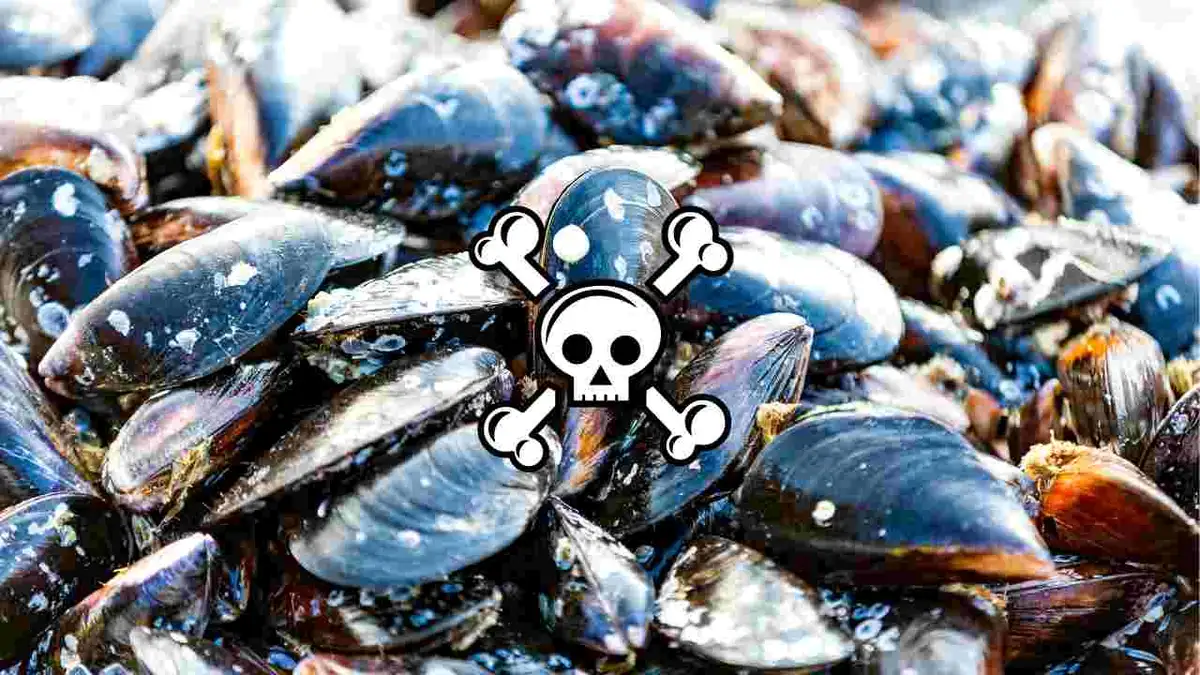Mortality of mussels in Italian waters has caused significant damage to the fishing industry. This mortality, which has been occurring in the last ten days, is a result of various factors, including the invasion of blue crab, climate change, food shortage, and the presence of a parasitic agent. The breeding grounds in Venice and its surroundings, specifically Pellestrina Island, have been particularly affected. The Zooprophylactic Institute of Legnaro has provided insights into the situation, revealing a loss of about a third of the local mussel production. To prevent further damage, measures are being proposed, including the use of real-time satellite data to monitor and respond to threats.
Mortality of Mussels in Venice: Causes and Consequences
The mortality of mussels in Italian waters has sparked concerns in the fishing industry. This recent surge in mortality comes in the wake of the devastating invasion of the notorious blue crab, which decimated not only mussels but also other shellfish and crustaceans during the previous summer. Now, the breeding grounds of Pellestrina Island, located near Venice, are facing a total decimation of mussels housed in their distinct black shells. This mortality of mussels not only threatens the local ecosystem but also poses significant economic challenges for fishing-related activities.
The Converging Factors
The mortality of mussels in Venice and its surroundings can be attributed to multiple converging factors. Firstly, climate change has led to shifts in temperature and seasonality, adversely affecting the ecological balance of the breeding grounds. Additionally, there has been a documented food shortage, as there is insufficient phytoplankton, a vital nutrient for mussels. The presence of a parasitic agent has further aggravated the situation, causing additional harm and destruction. Furthermore, the blue crab, known for its destructive behavior, has played a significant role in causing damage to the mussel population.
The Devastating Impact
The Zooprophylactic Institute of Legnaro highlights the worsening situation of mussel mortality in the first decade of September 2023. On average, the breeding grounds in Venice have lost approximately one-third of their mussel production. This significant decline not only affects the local economy but also raises concerns about the long-term sustainability of mussel populations in the region.
Addressing the Issue
To tackle the urgent issue of mussel mortality, various strategies have been proposed. Immediate measures need to be taken to mitigate the impact of the blue crab and the parasitic agent. Additionally, unexpected heat waves, which exacerbate the challenges faced by mussels, should be addressed promptly. One proposed solution involves utilizing real-time data extracted from satellite networks. Such data would provide a direct reading of the situation, enabling timely and appropriate actions to be taken.
Conclusion
The mortality of mussels in Venice and its surroundings is a complex issue that requires immediate attention. The convergence of climate change, food shortage, the presence of parasites, and the destructive behavior of the blue crab has led to significant damage to the local mussel population. In order to preserve the ecological balance and support the fishing industry, proactive measures, including the utilization of real-time satellite data, must be implemented to monitor and respond to threats effectively.
I am Michael, a passionate food enthusiast and part of The Sydney News team. With a culinary background, I am dedicated to sharing simple and quick recipes for both beginners and advanced cooks. One time, while writing a mouthwatering recipe, I accidentally spilled flour all over my laptop, resulting in a comical situation that had us all laughing in the office.

